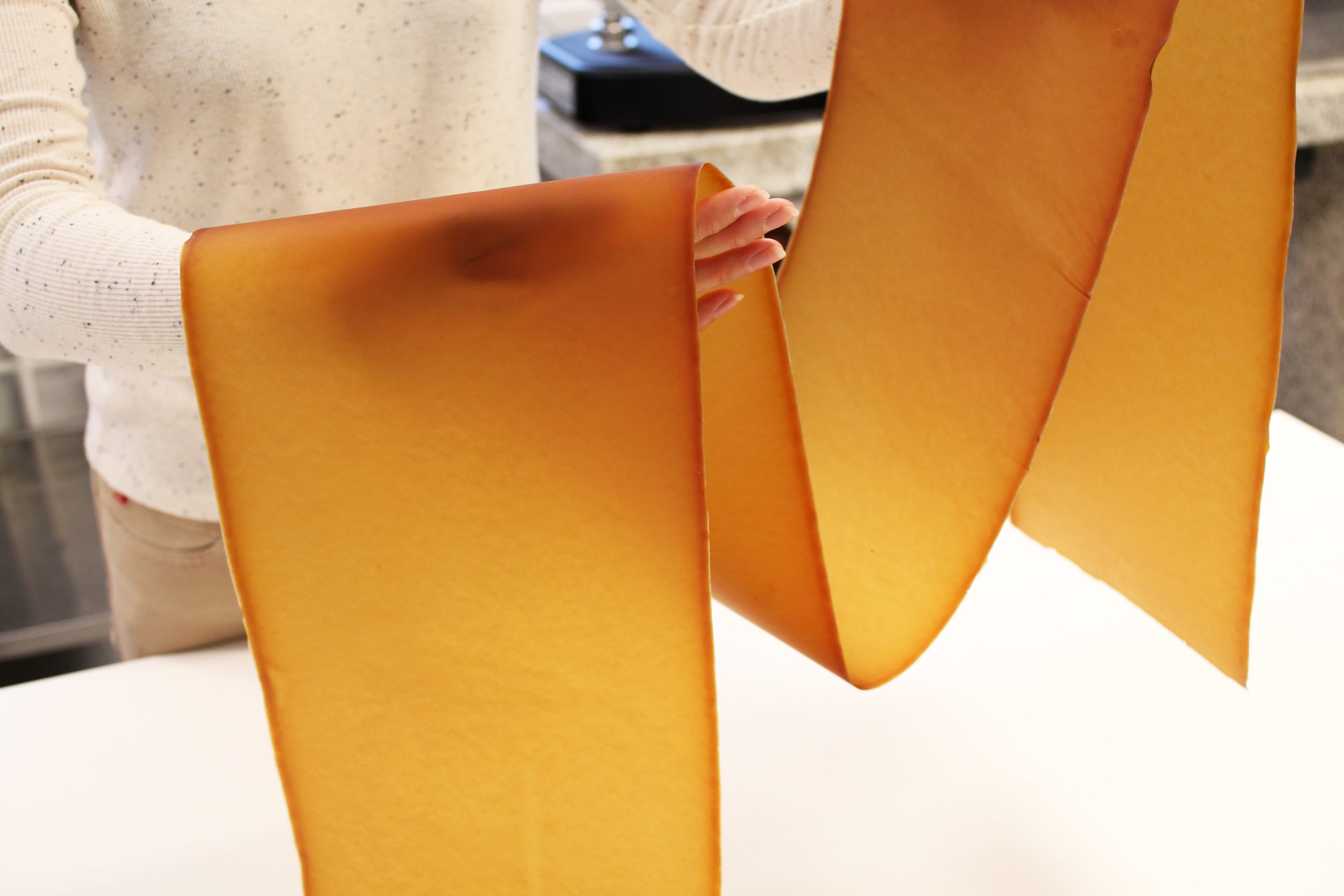Mycelium leather—grown from the networked root fibers of fungi—offers a cruelty-free, biodegradable alternative to traditional animal and synthetic leather. Companies cultivate mycelium in controlled environments, feeding agricultural by-products such as sawdust or cornstalks. Within weeks, the mycelium forms dense sheets that can be pressed, tanned using vegetable-based chemistry, and finished to match the look and feel of premium leather.
Experts highlight mycelium leather’s distinct sustainability advantages: it uses minimal water and energy, avoids the toxic chemicals common in chrome tanning, and can even biodegrade naturally. Some patented mycelium leathers have passed durability tests comparable to cowhide and are already being adopted by luxury brands, while popular sportswear companies have introduced sneakers and yoga gear made from mushroom leather.
From a Google EEAT standpoint, mycelium leather shines: experience derives from years of biotech research and development; expertise is evident in studies exploring self-healing mycelium fabrics; authority is reinforced by major brands integrating the material; and trustworthiness comes from transparent sustainability reporting—including lifecycle analysis showing significantly reduced carbon emissions and toxicity. As scalability improves, mushroom leather is poised to reshape how we think about fashion materials—turning fungi into future-ready fabrics.






